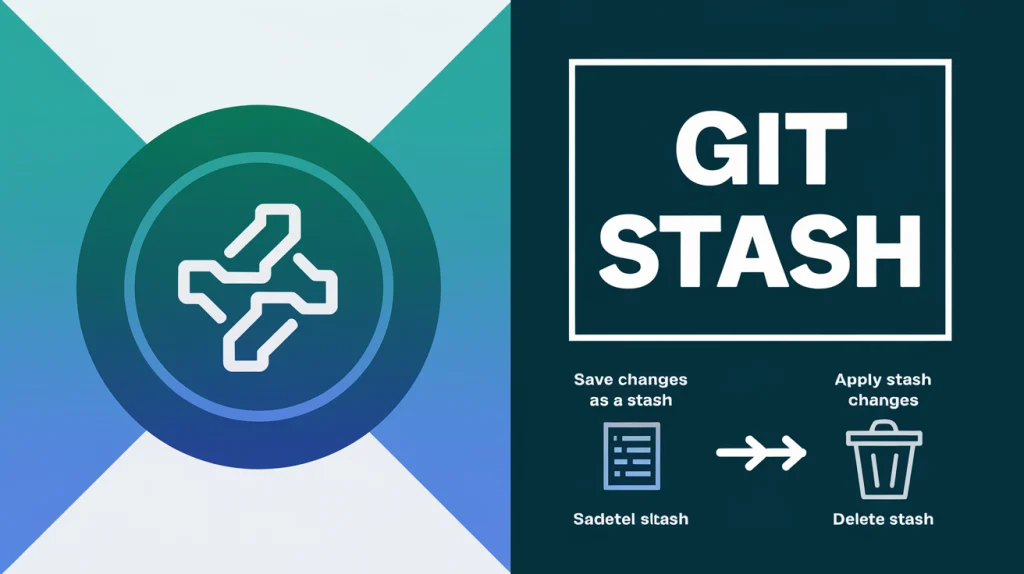Git Fetch vs Git Pull: Key Differences Every Developer Should Know
When working with Git, understanding the differences between the git fetch command and the git pull command is essential. Although they’re often used to update a local repository, each serves a unique purpose. In this guide, we’ll break down Git fetch vs Git pull, explain how they work, and discuss when to use each for efficient version control.

What is the Git Fetch Command?
The git fetch command is used to download updates from a remote repository to your local repository without immediately applying them. By fetching, you can see if there are any changes available on the remote without affecting your local files.
Example Usage:
git fetch originThis command tells Git to fetch all updates from the origin remote. However, your local branch remains unchanged, making git fetch ideal for previewing changes.
What is the Git Pull Command?
The git pull command combines fetching and merging in one step. It downloads updates from the remote and immediately merges them with your current branch, making it useful when you want to quickly integrate remote changes.
Example Usage:
git pull origin mainBy running git pull, you’re asking Git to fetch and merge updates from the main branch on the origin remote into your current branch. However, git pull can sometimes lead to merge conflicts that require resolution.
Key Differences Between Git Fetch and Git Pull
- Purpose:
git fetchupdates the tracking branches only, whilegit pullupdates and merges. - Use Cases: Use
git fetchto review changes before merging andgit pullwhen ready to integrate updates. - Conflict Risk: With
git pull, you may face conflicts immediately since it merges updates into your local branch.
Best Practices for Git Fetch vs Git Pull
- When to Use
git fetch: If you want to inspect new changes before integrating them or when collaborating on large projects where you need more control over changes. - When to Use
git pull: When you’re working on a branch where you want the latest updates immediately, such as in a staging or development environment where all contributors frequently push updates.
You may also like : Mastering Git Stash: Save, Apply, and Manage Code Changes in Git
Potential Pitfalls and How to Avoid Them
- Accidentally Overwriting Changes: Using
git pullwithout checking your current branch can result in conflicts if you have uncommitted work. - Unintentional Merges: Running
git pullwithout awareness of incoming changes can lead to unwanted merges.
Tip: Run git fetch first if you’re unsure. This will help avoid conflicts by showing you the changes before merging.
Examples of Commands in Action
- Example Workflow:
- Use
git fetchto get updates. - Check the fetched commits using
git log origin/main. - Decide to pull or rebase based on the differences.
- Use
Understanding git pull --rebase
A variation of git pull is git pull --rebase. This option fetches updates from the remote branch and then re-applies your local changes on top of the remote changes, resulting in a cleaner, linear commit history.
Example Workflow with git pull --rebase
- Fetch Remote Changes: Git pulls in all remote updates without creating merge commits.
- Rebase Your Commits: Your local commits are applied on top of the remote commits, avoiding merge commits.
Using git pull --rebase is helpful when you want a streamlined history, especially for feature branches. However, it’s worth noting that rebasing rewrites commit history, so it’s best used with caution on shared branches.
Conclusion
Understanding the differences between git fetch and git pull enables you to work more effectively with Git. By using the Git fetch command and Git pull command appropriately, you can prevent merge conflicts and manage updates smoothly in your projects.
Frequently Asked Question
Can I undo a git pull?
Yes, you can undo a git pull if it introduced changes you don't want. To undo a pull, use:
git reset --hard HEAD~1
This command reverts your branch to the state before the git pull. Be cautious with this approach, as it permanently removes any new changes from the pull. If you want more flexibility, consider using git fetch instead, which doesn’t automatically merge changes.
What’s the difference between git pull --rebase and git pull?
The main difference between git pull --rebase and git pull lies in how they integrate changes. The standard git pull performs a merge, which can create a new commit to combine histories. In contrast, git pull --rebase rewrites your changes on top of the fetched updates, resulting in a linear history. This approach is useful if you want a cleaner commit history without merge commits.
How do I resolve conflicts after git pull?
When conflicts occur after using the git pull command, Git will notify you. To resolve conflicts:
- Open each file with conflicts and edit them to combine changes.
- Use
git add <file>to mark each conflict as resolved. - Commit the resolved changes with
git commit.
Alternatively, use git fetch first to preview changes and reduce the chance of conflicts during merging.
Is it safer to use git fetch instead of git pull?
Using git fetch is generally safer when you’re unsure about incoming changes. Since git fetch does not alter your working branch, you can inspect updates and decide if and when to merge. This method allows for better control and is helpful in larger projects or collaborative environments where multiple developers are pushing updates.
